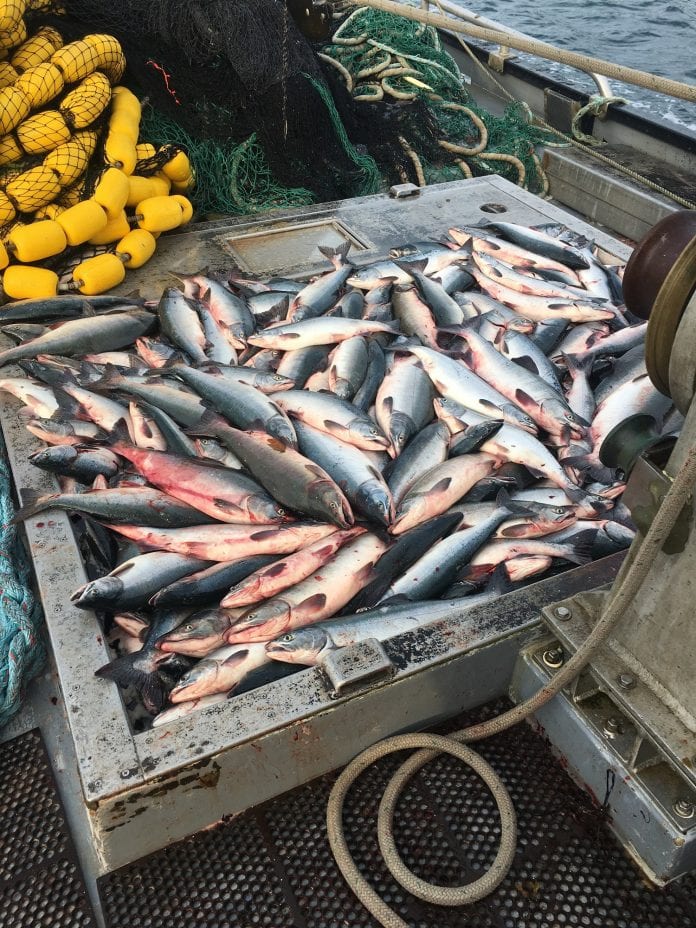Fisheries interests from Canada, Japan, Korea, Russia and the United States are collaborating through the North Pacific Anadromous Fish Commission to plan the International Year of the Salmon in 2019.
Agreement was reached in late May in Khabarovsk, Russia, during the 26th annual meeting of the NPAFC by these member nations on the plan, including a signature project winter expedition to the Gulf of Alaska in March of 2019.
In statements issued from the conference in Russia, the NPAFC said that the event would aspire to protect salmon by bringing people together to share and develop knowledge, raise public awareness and take action. Plans are for this initiative to establish partnerships and investments to kick start research and public action in Europe, North America and Asia, to give salmon the best chance to survive and thrive.
In coming months, core partners will work with the NPAFC to plan and announce details of a North Pacific opening event in Vancouver, British Columbia in October, the Gulf of Alaska signature project next March, and detailed plans for further research in 2018 in the Bering Sea, the southern Chukchi Sea, the northwestern and central North Pacific and the southern Sea of Okhotsk.
Researchers will be examining conditions such as migration timing, abundance, distribution, survival, marine ecology, run size forecasting, stock identification and salmon growth, and body condition at sea.
All organizations and individuals interested in participating in this initiative are encouraged to contact the NPAFC at its headquarters in Vancouver. The organization’s website is www.npafc.org
During its meeting at Khabarovsk, the NPAFC announced preliminary North Pacific wide total salmon catches for 2017, as reported by its membership, a total of 920,000 metric tons, or 460.7 million fish were caught in 2017. Salmon catches tend to be larger in odd than even-numbered years due to pink salmon being more abundant in odd-numbered years.
Pink salmon constituted the bulk of the total commercial catch by weight, followed by chum and sockeye salmon.
Pink salmon made up the majority of the total commercial catch by weight.
Pink salmon and chum salmon dominate Asian catches, but in general the catch trend over the last decade has been declining and catches in 2018 were the lowest since 2002. The total North Pacific pink salmon catch was 449.1 thousand metric tons with the majority caught by the U.S.
The NPAFC noted that in North America the relative abundance of salmon species varies from north to south.
In Alaska pink and sockeye salmon are the primary species, followed by chum, while in Canada sockeyes, pink and chum have historically comprised the largest catch. In Washington, Oregon and California, chum, king and coho salmon are the most abundant species.
The NPAFC also announced incoming officers for two-year terms, including President Suam Kim of Korea, Vice President Jim Balsiger of the United States, and three committee chairpersons: Mike Carlson of Canada, Masa-aki Fukuwaka of Japan, and Vladimir Belyaev of Russia. Balsiger is the regional administrator for NOAA Fisheries in Alaska.















